Flowers can add a beautiful pop of color to any occasion, but how do you safely add fresh flowers to your favorite cake? In this post, we'll cover all the basics including what kinds of flowers to use, how to prepare them and alternatives to using fresh flowers.
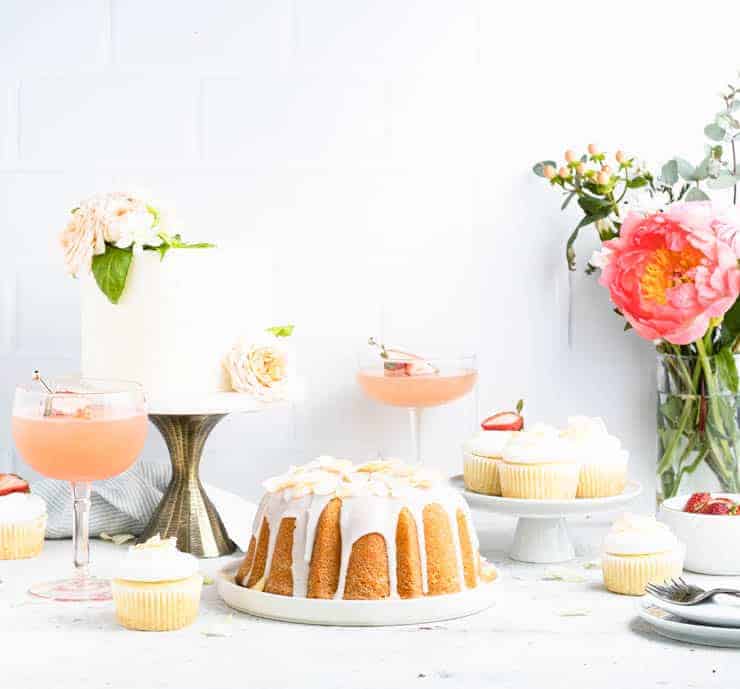
Flowers on cakes are all the rage. And while I love a floral pop of color, I have to admit that, as a baker, the trend makes me a little uneasy.
Why? Because food safety is KEY and it's so easy for something to go array when you're adding things to your food that may not actually be safe.
None of that is to say you shouldn't use flowers to make your cakes pop. When done correctly, fresh flowers can be beautiful AND food safe. So if you're ready to hop on the floral cake train, keep reading to learn how to safely use fresh flowers on your cakes.
Edible vs. non-toxic flowers
When looking for cake-safe flowers, there are two types of flowers to choose from: edible flowers and non-toxic flowers.
Edible flowers are flowers that are not only safe to eat, but have been grown in the right conditions to make them food safe.
Non-toxic flowers include flowers that are edible but haven't been grown in food safe conditions as well as flowers that shouldn't be eaten but are nonetheless safe for contact with food (i.e. They won't transfer any toxins to the food they come into contact with).
Whatever you choose, it's always a good idea to research the flowers to ensure they're safe and, if you're ever in doubt about the toxicity of a plant, just leave it off.
Below are a few kinds of edible and non-toxic flowers as well as toxic flowers to avoid to get you started. Please keep in mind that this is not a comprehensive list.
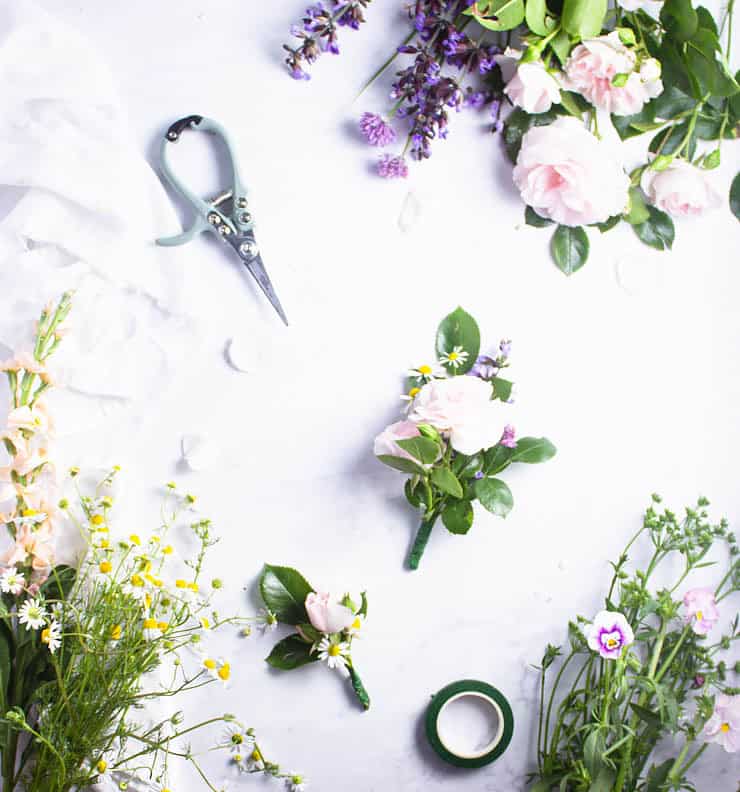
Edible flowers include: Snapdragons, lavender, pansies, sunflowers, roses, violas, nasturtiums, hibiscus, calendula, begonias, carnations, dahlia, chamomile, chrysanthemum and alyssum. * Be sure to check the variety as not all varieties of these flowers are edible.
Flowers that are not edible but are safe for cake decorating: Freesia, gerbera, strawflowers, lisianthus, camellia, African violets and viburnums.
Flowers to avoid: Lily of the valley, daffodils, hydrangea, poinsettia, calla lilies, foxgloves, azaleas and rhododendrons.
Additional information on edible and non-toxic flowers:
- West Coast Seeds' list of edible flowers
- Luxury Eco Cake Design's edible, contact safe and toxic list of flowers
- What's Cooking America's edible flowers chart
- Koch Blog's guide to decorating cakes with fresh flowers
- Botanical Baking: Contemporary baking and cake decorating with edible flowers and herbs (book)
Sourcing flowers
When it comes to sourcing your flowers, you have a few options: Going to a florist, visiting a local flower farm/market or ordering online. Personally, I reserve online orders for culinary sites that specifically sell edible flowers for consumption as you'll want to be able to ask questions for pretty much everything else.
Heading out to a local flower farm is a great option because it not only makes for a fun excursion, but the growers will be able to speak to the conditions under which the flowers were grown, and many small operations limit or don't use pesticides.
Regardless of where you source your flowers, here are some questions you'll want to ask.

Questions to ask your florist
- Are these flowers locally grown? My experience is that florists typically have the most information about the growing conditions of locally sourced flowers, so knowing if the flowers are local can help you determine how well they'll be able to answer other questions. Locally grown flowers are also typically fresher meaning they'll likely last longer (prior to being put on the cake) than flowers that have had to travel.
- Are these flowers organic and/or pesticide-free? Ideally, you'll want flowers that are organic and/or pesticide-free as they pose the lowest risk of leaving a harmful residue on your cake or causing harm if accidentally ingested.
- When were these flowers harvested? While the flowers won't last very long once wrapped and inserted into the cake, getting flowers that were recently cut reduces the likelihood that your flowers will wilt if you're buying them in advance.
Picking up flowers in advance
Ideally, you'll want to pick up your flowers as close as possible to the time you plan to use them. However, if you want to pick them up in advance, a day or two ahead of time is fine as long as you have a cool place to store them. Make sure you do NOT add any plant food to the water you're storing them in.
Here's how to safely decorate a cake with flowers
Equipment you'll need:
- A cake
- Cake-safe flowers
- Scissors/floral shears
- Floral tape
First, clean your flowers.
Prune the stems to the desired length, remove dead/wilted petals and cut away foliage. If you'd like to use the stems with leaves, simply save those with the flowers you plan to use; They'll need to be wrapped just like the flowers.
In a sink, wash the flowers with cool, soapy water. Use a paper or cloth towel to gently dry them.
Second, wrap the stems.
Clip a few inches of floral tape and, starting at the base of a bloom, begin pulling and wrapping the stem. Pulling the floral tape is key to activating the glue.
Wrap all the way to the bottom of the stem, fold the tape over the cut end and then start twisting it back up toward the bloom.
The goal is to cover the part of the flower that will be inside the cake and to create a barrier so that no juices from the stem seep into your treats.
You can wrap your flowers individually or in groups depending on how you want to arrange them on your cake.

Finally, add your flowers to your cake.
Because the ends of the flowers are wrapped, you can insert them into the cake in whatever arrangement you'd like. You can also clean, loose petals to decorate your cakes.
If you want an extra layer of protection between your cake and flowers, you can add boba straws to the cake and then insert your flowers into the straws. This is also a good technique if you're inserting flowers at a specific angle that you want them to hold, like into the side of a cake.
Wrapped flowers will typically last 6-8 hours in a refrigerator or a few hours outside of refrigeration. The same is true for loose petals.
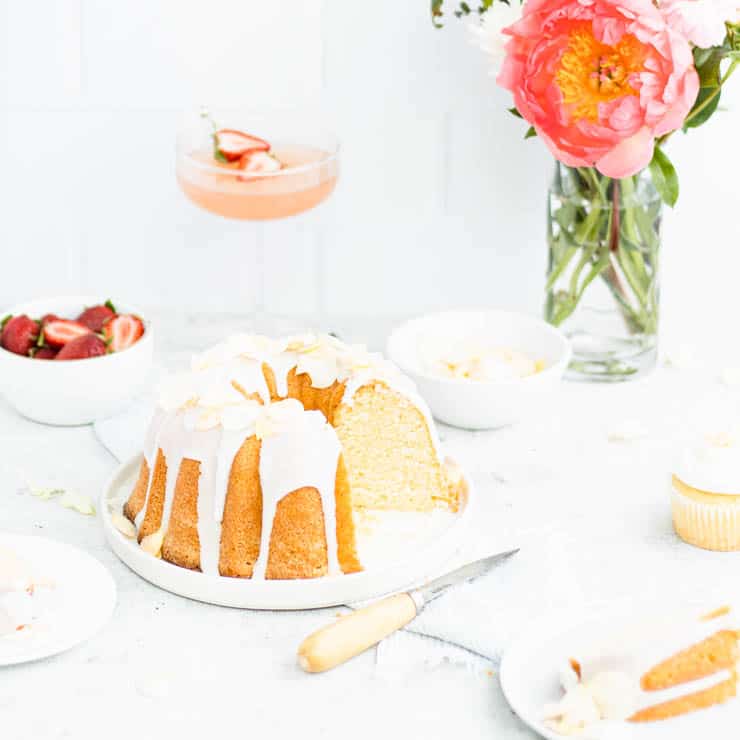
Alternatives to putting fresh flowers in your cake
Placing flowers around the cake
If you have flowers you'd like to use but that may not be safe for your cake, an alternative to placing the flowers on the cake is to place them around it as a garland or in vases.
Putting flowers in foam between cake tiers
If you have a multi-tiered cake, you can add flowers to a piece of foam between the layers rather than inserting them directly into your cake. In this case, you'll want to make sure the petals are safe for contact with food.
For a tutorial, check out this video from Rosie's Dessert Stop.
Using fake, fondant or buttercream flowers
A great option to get that floral look without having to worry about food safety is to use fake, buttercream or fondant flowers.
If you're using fake flowers, you'll want to make sure they're clean before adding them to your cake.
For some basic buttercream flowers, check out this tutorial from Wilton.
Frequently asked questions
Generally speaking, edible and non-toxic flowers are safe for use on a cake when prepared correctly.
You can wrap and add flowers directly to cake or use boba straws to create a barrier and hold flowers at a specific angle.
Flowers can last 6-8 hours with refrigeration and a few hours without it once they've been inserted into a cake.
If you don't have floral tape, you can wrap the ends with plastic wrap and use boba straws to create a barrier between the cake and the cut flower stems.
If you liked this post, you might also like...


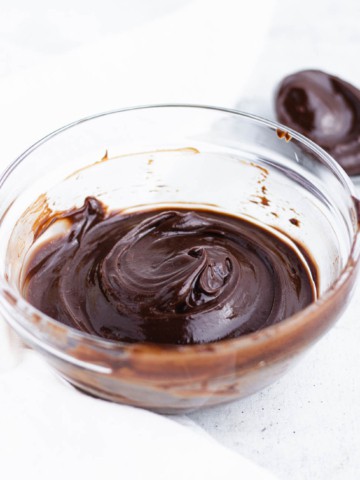
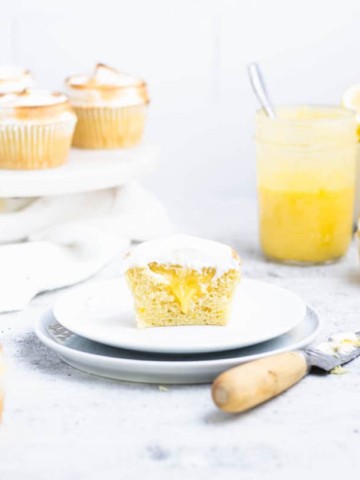
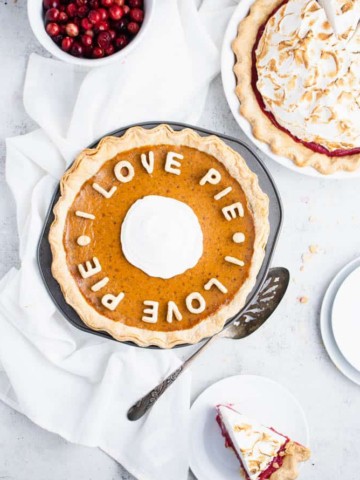
Sue says
What a great resource for adding that extra touch to my baked goods. I appreciate your extra care with safety 🙂 Thank you!
Ravjit Bhamra says
I am making a cake for a wedding which is need for Saturday afternoon, when should I cut and prepare the flowers?
Claire | The Simple, Sweet Life says
Hi Ravjit! I'd recommend cutting and prepping as close to the event as possible to ensure the flowers look their best. If you're working with a florist, they should be able to provide advice on how long the flowers you're using will last. If not, I'd recommend cutting the flowers no more than a day or two in advance and keeping them in a cool place with water. If you're able, I'd recommend prepping and inserting them into the cake no earlier than the morning of the wedding.